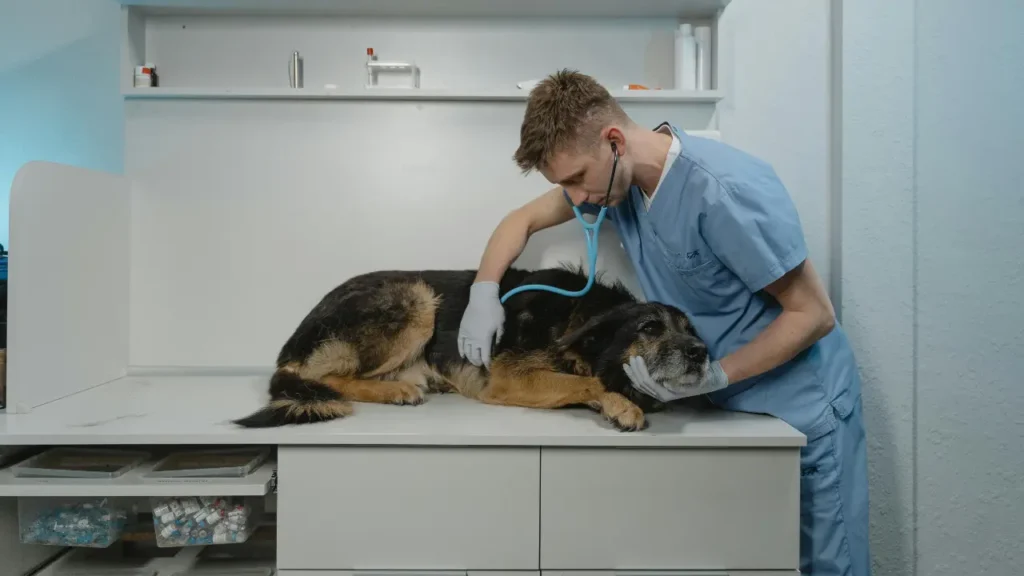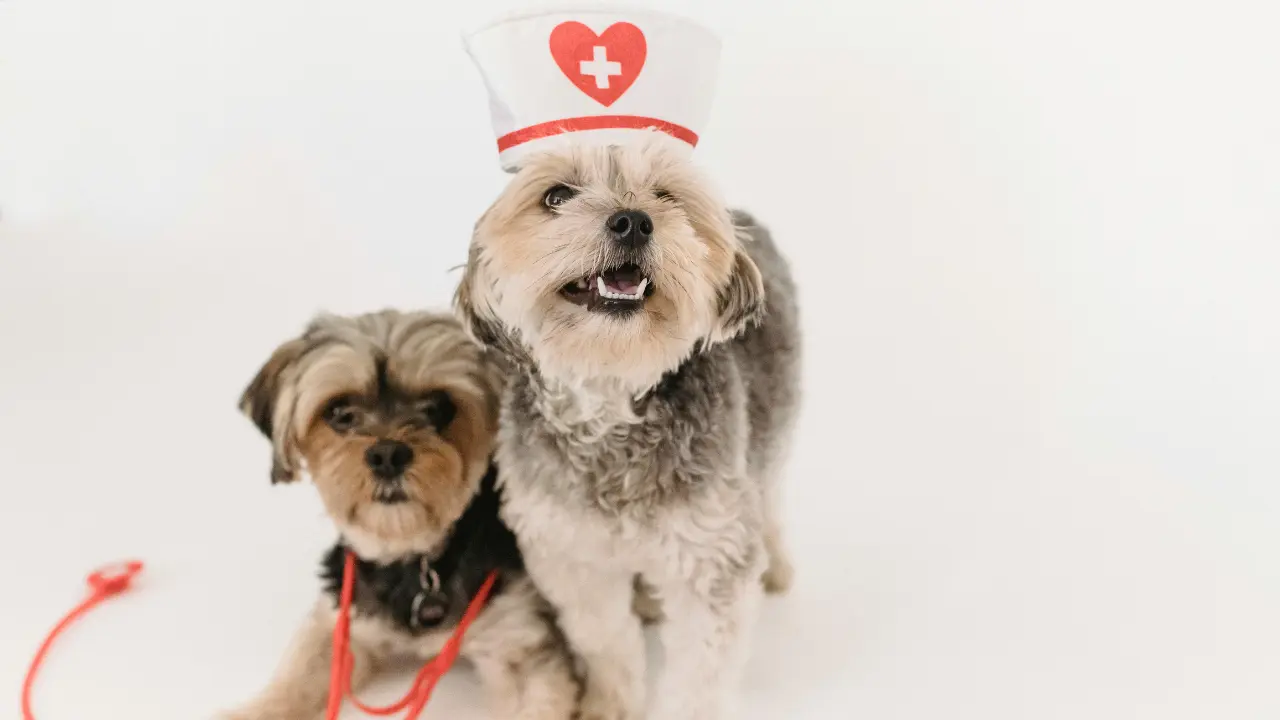Introduction
When it comes to emergencies, pets are often overlooked in the planning process. However, just like you have a plan for your family, you need to ensure your pets are protected and ready for any situation. Pet emergency preparedness is crucial for ensuring that your furry friends remain safe and healthy during unforeseen events. From natural disasters to medical emergencies, having a plan in place can make all the difference.
Creating an Emergency Plan
Developing a Pet Emergency Plan
Identifying Risks and Hazards
The first step in emergency preparedness is understanding the risks specific to your area. Whether it’s hurricanes, earthquakes, or fires, knowing the potential hazards helps in creating a tailored plan for your pet’s safety.
Establishing a Pet Emergency Contact List
Create a list of important contacts, including your veterinarian, emergency pet clinics, and trusted friends or neighbors who can assist in case you’re unable to. Ensure that this list is easily accessible in your emergency kit and on your phone.
Preparing Your Pet for Emergencies
Training and Familiarization
Help your pet become accustomed to emergency procedures by gradually introducing them to elements of your plan. Practice crate training and familiarize them with their emergency kit.
Creating a Safe Space
Designate a safe area in your home where your pet can go during emergencies. This space should be accessible, comfortable, and stocked with essential supplies.
Building a Pet Emergency Kit
Essential Items for Your Kit
Food and Water
Pack a supply of pet food and water to last at least 72 hours. Don’t forget to include a manual can opener if your pet’s food is canned.
Medications and First Aid Supplies
Include any necessary medications your pet takes regularly. A basic first aid kit for pets should also be included, with items like bandages, antiseptic wipes, and tweezers.
Additional Kit Considerations
Identification and Medical Records
Keep a copy of your pet’s medical records, including vaccination history and any special needs. Ensure your pet has proper identification, such as a microchip or a collar with an ID tag.
Comfort Items and Travel Supplies
Include your pet’s favorite toys, bedding, and other comfort items. If you need to evacuate, have a portable carrier or crate ready for safe transportation.
Handling Specific Emergencies

Natural Disasters
Earthquakes, Hurricanes, and Floods
For natural disasters, ensure your pet’s emergency kit is prepared and that they are familiar with evacuation routes. Practice evacuation drills with your pet to make the process smoother.
Preparing for Power Outages
Have a plan for power outages, including a backup power source if necessary. Keep your pet’s food and water in non-perishable, easy-to-access containers.
Medical Emergencies
Common Health Crises and First Aid
Learn basic first aid for pets, such as how to perform CPR or treat minor wounds. Familiarize yourself with symptoms of common health crises like heatstroke or poisoning.
When to Seek Veterinary Help
Understand when to contact your vet or an emergency pet clinic. If your pet exhibits severe symptoms or has a serious injury, seek professional help immediately.
Traveling with Pets in Emergencies
Preparing Your Pet for Travel
Safe Transportation Options
Ensure your pet is comfortable and secure during travel. Use a well-ventilated crate or carrier and consider their safety during transportation.
Documentation and Identification
Carry your pet’s medical records and identification tags. Keep a current photo of your pet in case they get lost.
Emergency Travel Kit
Items to Include
Include all essentials from your home emergency kit, plus travel-specific items like collapsible water bowls and portable litter boxes.
Travel Safety Tips
Keep your pet’s comfort and safety in mind while traveling. Ensure they are secure and minimize stress by maintaining a calm environment.
Training and Education
Pet First Aid Training
Basic First Aid Skills
Enroll in a pet first aid course to learn essential skills. Knowing how to address common injuries and health issues can be invaluable.
Where to Get Training
Look for local classes, online courses, or workshops offered by veterinary clinics or pet organizations.
Emergency Drills and Practice
Conducting Drills at Home
Regularly practice emergency drills with your pet to ensure they are familiar with the procedures. This can help reduce panic and confusion during an actual emergency.
Educating Family Members
Ensure that everyone in your household knows the pet emergency plan and can execute it effectively. Share responsibilities and keep communication clear.
Communication and Alerts
Staying Informed
Emergency Alerts and Notifications
Sign up for local emergency alerts to stay informed about potential hazards. Having up-to-date information can help you make quick decisions for your pet’s safety.
Local Pet Emergency Resources
Know the location of local pet emergency resources, such as veterinary clinics and shelters, that can provide assistance during emergencies.
Communicating with Your Vet
Keeping Your Vet Informed
Inform your vet of any changes in your pet’s health or emergency needs. Maintain open communication to ensure your pet receives the best care possible.
Emergency Contact Information
Keep your vet’s contact information handy in case of an emergency. Update this information regularly to ensure it remains current.
Recovery and Follow-Up
Post-Emergency Care
Assessing Your Pet’s Health
After an emergency,
carefully assess your pet’s condition. Look for any signs of stress, injury, or illness and consult your vet for a thorough evaluation.
Dealing with Stress and Trauma
Pets may experience stress or trauma following an emergency. Provide extra comfort and reassurance, and consider behavioral support if needed. Create a calming environment to help your pet recover emotionally.
Revising Your Emergency Plan
Updating the Plan and Kit
Regularly review and update your emergency plan and kit to reflect any changes in your pet’s health or needs. Ensure all supplies are fresh and functional.
Lessons Learned
Evaluate the effectiveness of your emergency response and make improvements where necessary. Incorporate any lessons learned into your plan to better prepare for future emergencies.
Conclusion
Preparing for pet emergencies is essential for ensuring your furry friend’s safety and well-being. By creating a comprehensive emergency plan, building a well-stocked kit, and staying informed, you can navigate any situation with confidence. Regular training and updates to your plan will help you handle emergencies efficiently and keep your pet safe. Remember, preparation is key to peace of mind and can make all the difference in a crisis.
FAQs
Q1. What should be included in a pet emergency kit?
A. A pet emergency kit should include food and water, medications, a first aid kit, identification and medical records, comfort items, and travel supplies.
Q2. How can I prepare my pet for natural disasters?
A. Familiarize your pet with emergency procedures, practice evacuation drills, and ensure they have an updated identification tag. Have a safe space and emergency kit ready.
Q3. What are some common pet health emergencies?
A. Common emergencies include heatstroke, poisoning, severe injuries, and sudden illness. Learn basic first aid and recognize signs of distress to act quickly.
Q4. How can I ensure my pet’s safety while traveling during an emergency?
A. Use a secure and comfortable carrier, bring necessary supplies from your emergency kit, and carry your pet’s medical records and identification.
Q5. Where can I find pet first aid training?
A. Look for local courses, online training programs, or workshops offered by veterinary clinics or pet organizations to learn essential first aid skills.

